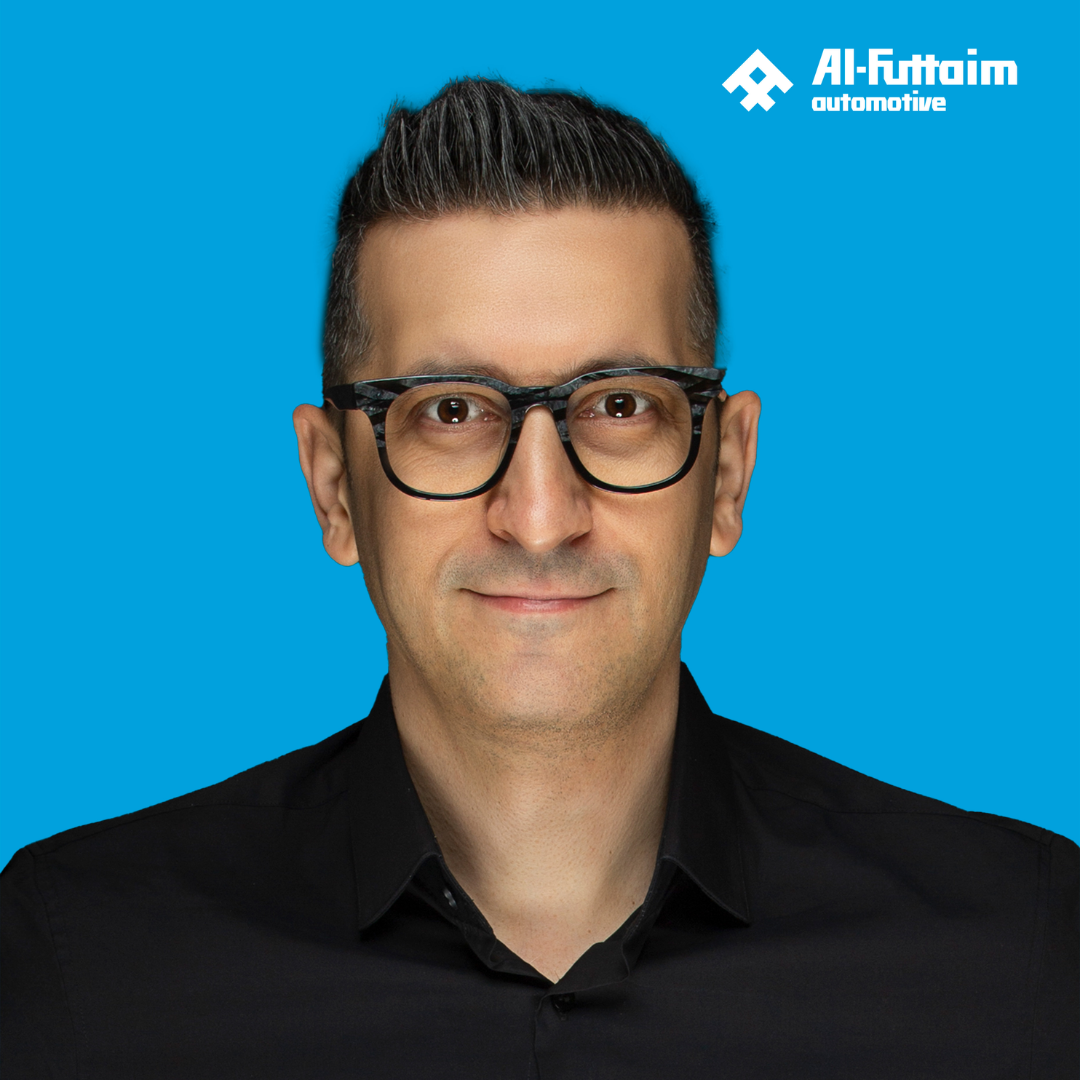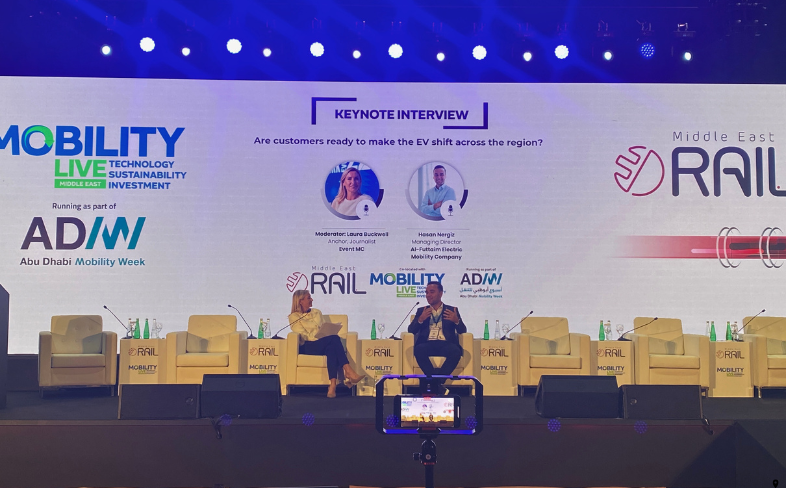Marko Radzic, general manager for marketing at Al-Futtaim Electric Mobility Company, talks to Sania Aziz about the latest trends and challenges in the region’s EV market
Al Futtaim’s electric vehicle division was formed last year, with the company becoming an authorised reseller for products like BYD and Polestar.
“Right from the start, we understood that it's not just about offering electric vehicles to our customers, but that we also need to build an entire ecosystem that will help them make the transition [to EVs].
“We also know that customers spend more time researching before buying an EV. So there's a lot of uncertainties and a lot of barriers, so we really need to make it easier: it's all about convenience and reassurance, especially when customers venture into something they haven't done before.”

Marko Radzic, general manager for marketing at Al-Futtaim Electric Mobility Company (Image source: Al Futtaim Automotive)
Making EVs more affordable
“We have partnered with great brands. On the one hand, we have BYD, which we know is taking over the world. And then we have Polestar, which is a great premium electric vehicle brand. We provide a spectrum of different customer segments, catering to different needs and customised solutions.”
Explaining that customers need better financing models, Radzic said that, “we found a financing solution to make sure that more people can afford an electric vehicle.”
The company has different kinds of financing models available so that customers can handle the risk that comes with lowering residual values.
Moreover, Al Futtaim has invested in providing training for staff so that they are well equipped to service EVs.
Growing charging infrastructure
“The biggest challenge I would probably say is infrastructure. Having said that, the UAE is much better than the rest of the region.
“Still, it’s not an easy thing to cooperate. I have also been in a situation where I was looking for a charger because at that time I didn't have my own. So I can understand how much anxiety and inconvenience that kind of situation can cause when there is no infrastructure at all.
I would say equaling the pace of products, the innovations and opportunities with the infrastructure to support that will be the best thing to do if you want to have mass adoption of EVs.”
Al-Futtaim itself is committed to this. The company has taken “pledges that 50% of the entire operating group will be new energy vehicles, and installing 10% of UAE’s charging infrastructure by 2030.”
During a panel session at the Middle East Rail held from 30 April - 1 May in Abu Dhabi, Hasan Nergiz, managing director of the company, said that charging infrastructure needs to increase.
“It becomes more difficult to address when people believe in high rise buildings. If you're privileged to live in a villa, it is easier to have your own charger, but in high rise buildings this is difficult to achieve,” he said.
Nergiz added that picking the chargers is cheap and easy to install, but the difficult part is the cables, the wiring and all the other upgrades that are required for it.

Hasan Nergiz during the Q&A with journalist Laura Buckwell. (Image source: Alain Charles Publishing)
Manufacturing
“Jordan is a great example which created an environment for [higher EV adoption] to happen. But that began a long time ago, because I remember that even the first EVs were very welcome and there was a lot of support and subsidies, especially for taxi drivers,” added Radzic.
“We see a lot of EV manufacturers there [in Jordan] already. What I believe is that we are going to reach a point where the price of EVs and internal combustion engines will be almost the same. And that you will have a lot more products to choose from.”
“In the last 5-6 years, we’ve seen the region become more and more acceptable towards EV adoption. In Saudi Arabia, we know that EV penetration is less than 1%. But they are very much aware and open to solutions. There's a lot of uncertainties but the acceptance and openness is much more compared to where we were maybe five years ago.”
“We need to bring the right products, the right services and greater affordability that addresses the customer when they are ready to buy. I think there is enough partnership between the government and the private sector for this to happen. There is enough motivation in this country and in this region.”







